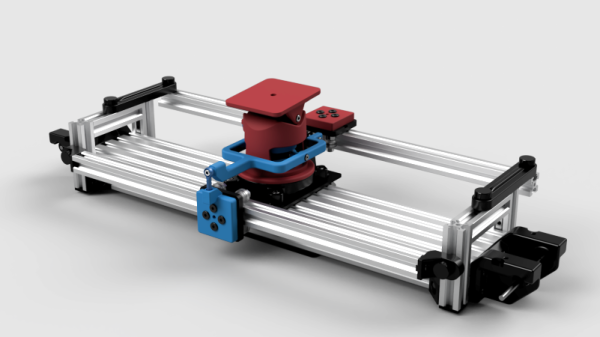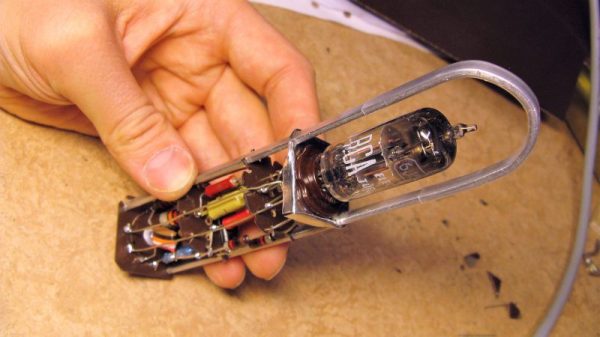The Internet of Things will kill us all and is the worst idea anyone has ever had. However, just because something could be labeled an ‘Internet of Things thing’ doesn’t mean it’s a bad idea. The Hackaday Prize’s Internet of Useful Things challenge was all about finding the Internet of Useful things, and one of these projects is so simple yet so elegant, we’re surprised no one has thought of it yet.
[David]’s entry to the Hackaday Prize is effectively an Internet of Things doorbell. You might think an IoT doorbell would just consist of a device sending push notifications to your phone. That’s part of the project, but it gets so much better.
The brilliant part of this build boils down to a simple relay. On command, [David] can turn his doorbell off. This means no ringing doorbell interrupting meals or naps. By sending a command to the ESP32 in this little device, [David] can enable or disable his doorbell. Of course, this doorbell also sends push notifications to his phone, so if the UPS guy throws a package at his front door and manages to hit the doorbell, [David] will still hear it even if he’s upstairs, in the garage, or in the backyard.
This is the simplest and most brilliant Internet of Things device ever created. It solves an obvious problem with surprisingly little hardware. The only data this device collects is the state of a doorbell, and even if this device was completely hacked by balaclava-wearing hackers, they still can’t F5 the doorbell. This is the best the Internet of Things has to offer, and we’re proud to have the Internet of Doorbells make it to the finals of the Hackaday Prize.

























